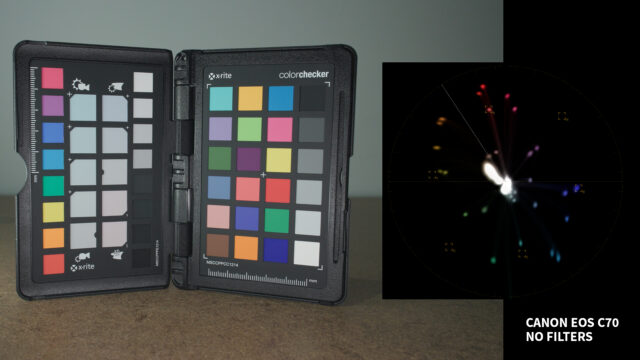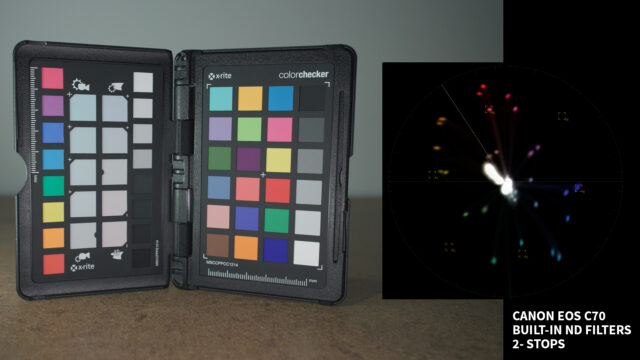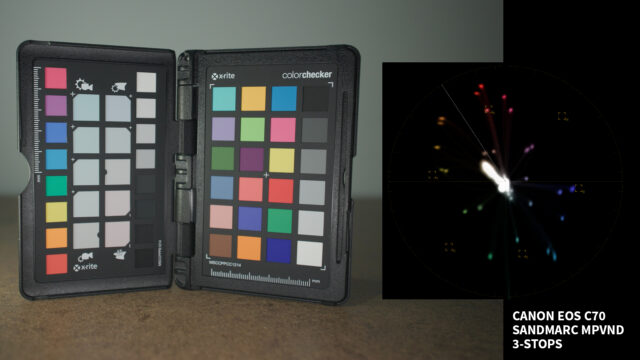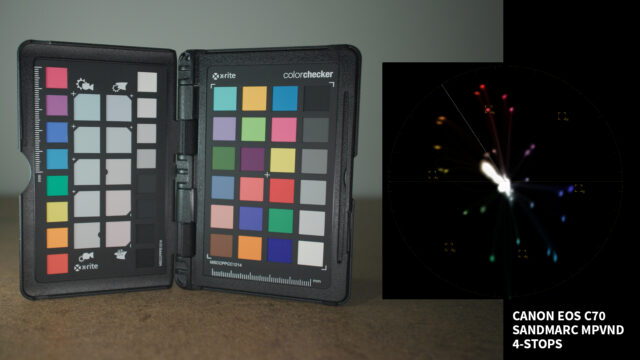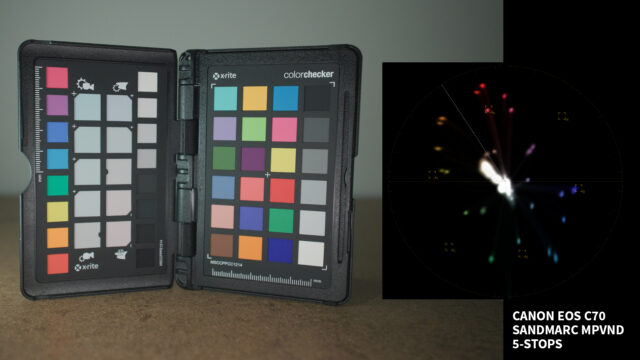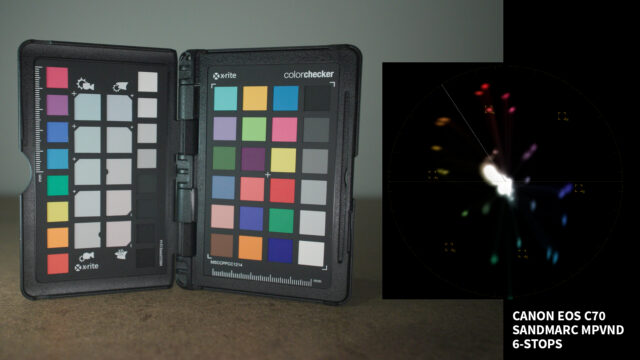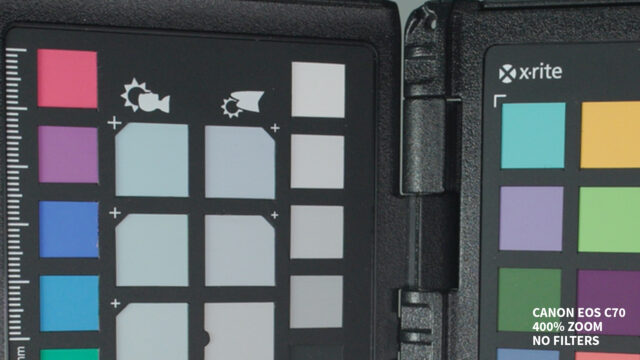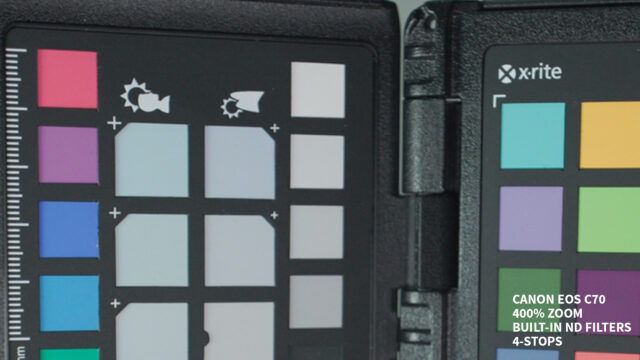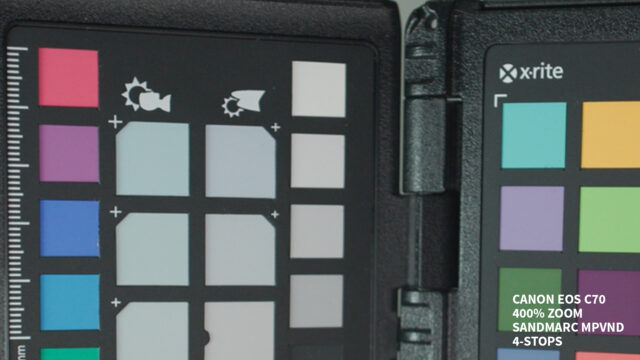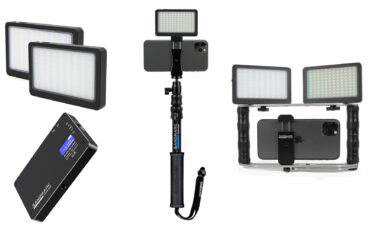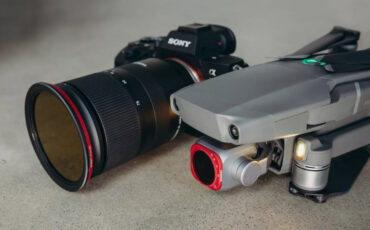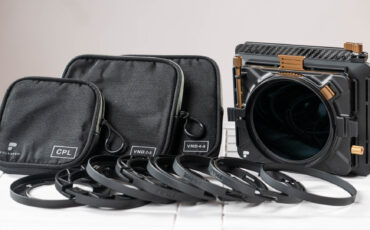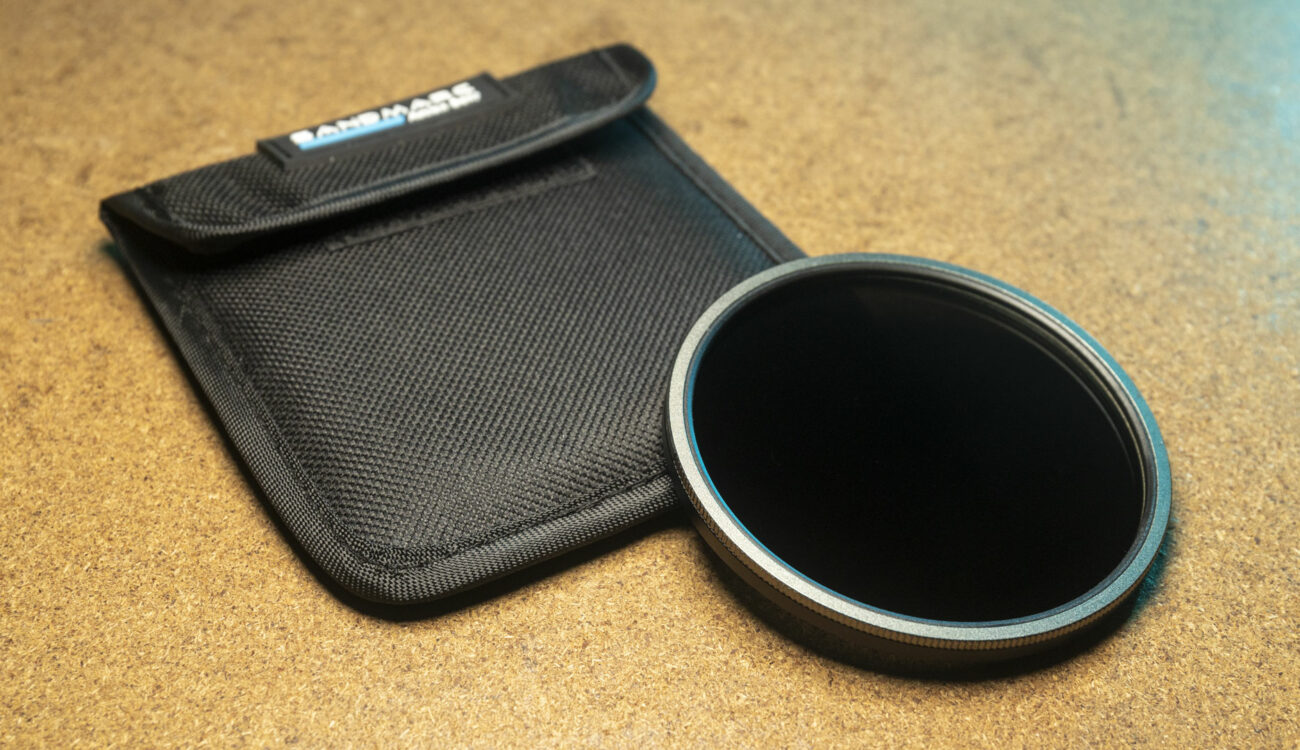
The SANDMARC Motion Pro Variable ND filters are 3-6 stops (ND8-64) light reduction filters available in various sizes, including 58/67/77/82mm. In this review, we’ll take a closer at the build and image quality of these filters to see if they hold their promises.
Variable ND filters are part of most DSLR/mirrorless camera users’ toolkits nowadays. However, the quality of a VND filter can vary significantly depending on the quality and light reduction strength. This quality difference can lead to color casts, vignetting, reduction in sharpness, or even cross vignette on your footage.
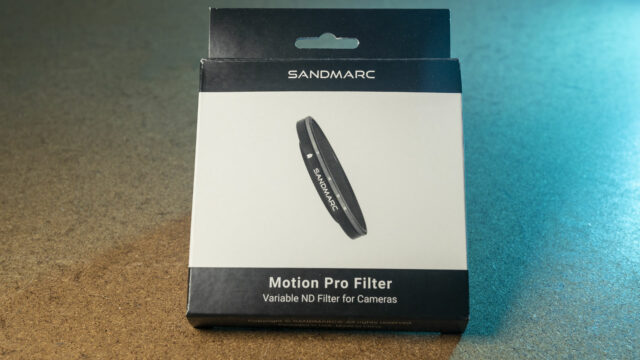
Recently, we reported about the SANDMARC Motion Pro Variable ND filters that started shipping on April 20th. I’m always curious when a company has bold claims like this filter is “engineered from a cinema glass yielding true to life colors, accurately adjusting exposure and avoiding cross vignette (X bar) commonly seen in other variable ND filters.”
SANDMARC Motion Pro variable ND filter – Unboxing
The SANDMARC Motion Pro VND comes in a nice little box. Inside the box, you’ll find a pouch with the filter in it. At the moment, the filters are available in four sizes: 58/67/77/82mm.
Filmmaking for Photographers
The SANDMARC Motion Pro VND are made out of aluminum, and they are pretty thin at only 7.2mm. They feel robust and nicely made.
On the side of the filter, you’ll find laser etched markings that goes from 3 to 6. These numbers indicate the “stops of light” (ND8 to ND64) that you cut by turning the front ring. Also, this VND filter features hard stops at both ends so you can’t over-turn it and you can easily recall your settings.
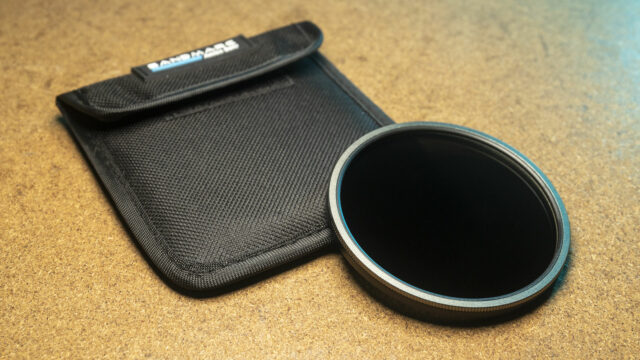
However, one thing that I did not understand is that, no matter how I screwed the filter to the front of my lens, the markings always end up facing down. It means that you have to look under your camera to look at the markings, which is not convenient.
Color reproduction
Every time you put a filter in front of your lens – even a protective UV filter -, no matter how expensive or what the manufacturer claims, you’ll lose something in terms of sharpness or color reproduction. Ideally, the best “correction” filters on the market introduce a very minimal color cast and close to zero loss in image sharpness.
In this first test, I decided to judge color cast/reproduction. To do so, I used the Canon EOS C70 under a controlled lighting environment. I did seven tests in total: no filters, with built-in ND filters (2/4 stops), and with the SANDMARC Motion Pro VND at 3/4/5/6 stops. I did not change my lighting settings between each shot, but I adjusted my exposure/shutter speed settings to get a similar exposure between the shots.
Then, in post-production, I slightly adjusted the gain of each shot, so they match as closely as possible in terms of exposure. No change was done to the white balance in post-production. Here are my findings, and I suggest that you click on each image to get the full-size preview.
As you can tell, even the Canon EOS C70 built-in ND filters introduces a minimal shift in colors (on the cool side). Regarding the SANDMARC Motion Pro variable ND, it does have a little warm color cast. I don’t think it is a big deal, the kind of color casts that I don’t like are more on the green/magenta side, which affects skintones more.
All in all, I was pleasantly surprised by the results I got. The SANDMARC claims are not false advertising.
Sharpness
Another thing I always like to test with filters is sharpness. I zoomed 400% into each 4K file to compare all files.
If we compare the results with and without filters, you can see that there is a little loss in sharpness. However, if we compare the Canon EOS C70 built-in ND filters to the SANDMARC Motion Pro variable ND filter, we end up with similar results.
Final thoughts
So does the SANDMARC Motion Pro variable ND filters hold their promises? Yes. Are they perfect? Of course, no, and very few products are. As I mentioned, I would’ve liked to have readings on top of the filter.
Also, I found that the markings on the filter were slightly off: 4 stops on the filter were not accurate compared to 4 stops of built-in ND filters. In my testings, I found that it was more around 3.5 stops if we compare the two.
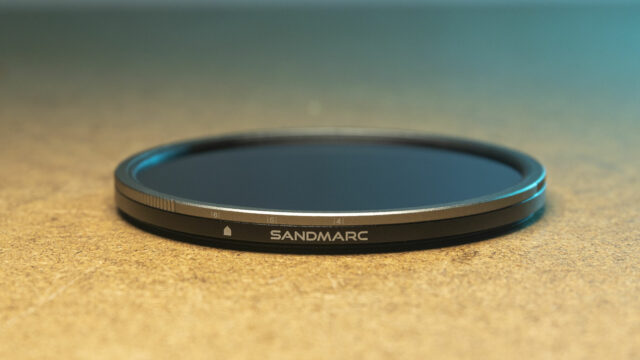
But, in terms of build and image quality, I have very few complaints. If you’re a DSLR/Mirrorless camera user, I guess they would be a great addition to your kit without sacrificing image quality.

Price and availability
The SANDMARC Motion Pro VND is available now; it comes with a filter pouch and a lifetime warranty. Prices range from $129.99 for the 58mm version and go up to $159.99 for the 82mm version.
In terms of direct comparison, the Moment VND filters are around $10 more expensive (range: 2-5 stops), while the PolarPro Peter McKinnon VND’s are $249 (range: 2-5 stops). I can’t compare the SANDMARC MPVND to these filters as I don’t have these.
For more information, please visit SANDMARC’s website here.
Disclaimer: I am not a SANDMARC Ambassador. Like with every other review on CineD, SANDMARC, or any other brand, did not pay us to write this article. However, the company sent us the product to review for free. This review is my unbiased opinion, as SANDMARC did not modify, influence, or gave input about this article before its publication.



